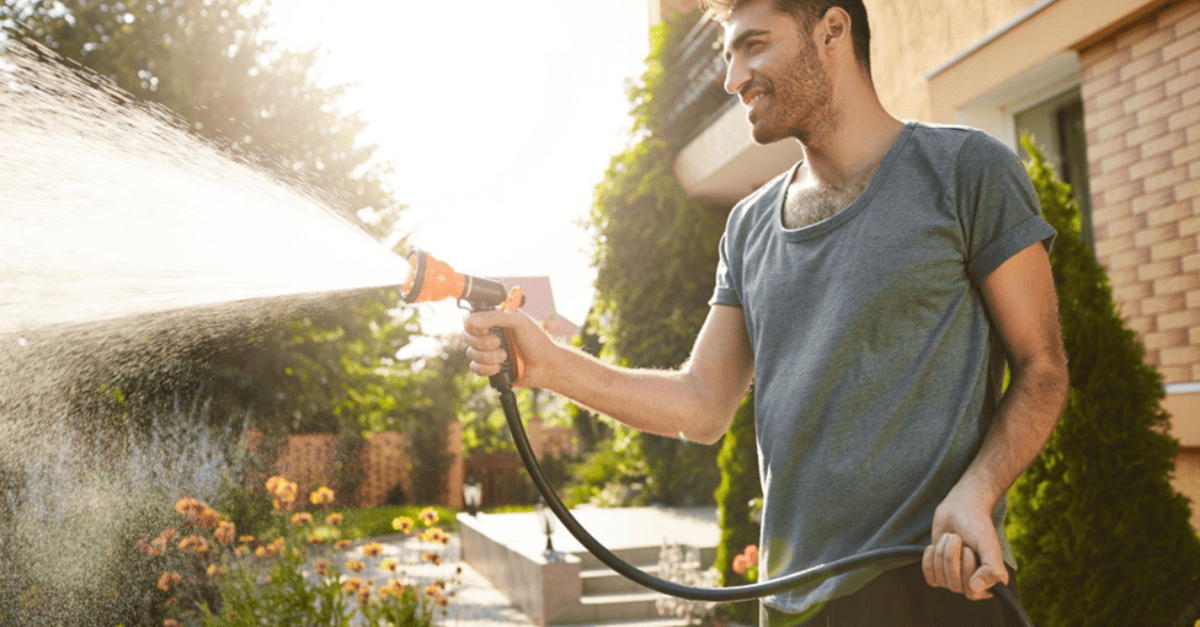A frustratingly weak garden hose water flow can transform a simple gardening task into a time-consuming ordeal. Whether you’re trying to water your thirsty plants, wash your car, or clean your patio, insufficient pressure can severely hamper your efforts. Fortunately, there are several proven methods to increase water flow in your garden hose, ranging from simple maintenance to strategic upgrades. This guide will walk you through effective techniques to optimize your hose’s performance and ensure a powerful, consistent water stream.
Understanding Water Flow & Pressure Issues in Your Garden Hose
Before diving into solutions, it’s important to understand the common culprits behind reduced water flow. Several factors can contribute to the problem, affecting both water pressure and volume. Identifying the root cause will help you choose the most effective solution.
- Kinks and Obstructions: A kinked hose drastically restricts water flow. Debris buildup inside the hose can also create obstructions.
- Low Water Pressure from the Source: Your home’s water pressure might be inherently low, limiting the hose’s potential.
- Hose Length and Diameter: Longer hoses and hoses with smaller diameters generally deliver less water pressure.
- Leaks: Even small leaks can significantly reduce water pressure and flow.
- Clogged Sprinklers/Nozzles: Mineral deposits or debris can clog spray nozzles, hindering water output.
Simple Fixes for Garden Hose Flow Optimization
Often, the solution to low water flow is surprisingly simple. Start with these easy fixes before considering more involved methods.
- Straighten Kinks: Carefully unkink your hose, ensuring there are no sharp bends. Consider using a hose reel to prevent future kinking.
- Check for Leaks: Inspect the hose for any visible leaks, especially near connections. Repair leaks with hose repair tape or replace damaged sections.
- Clean the Hose: Flush the hose with water to remove any loose debris. For stubborn buildup, try using a hose cleaning tool.
- Remove and Clean Nozzles and Sprinklers: Soak clogged nozzles and sprinklers in vinegar to dissolve mineral deposits. Use a small brush to remove any remaining debris.
Upgrading Your Equipment for Increased Water Volume
If simple fixes don’t solve the problem, it might be time to upgrade your garden hose and related equipment.
Choosing the Right Hose for Maximum Flow
Selecting the right garden hose is crucial for optimal water flow. Consider these factors:
- Hose Diameter: Opt for a wider diameter hose (e.g., 5/8 inch or 3/4 inch) to increase water flow.
- Hose Length: Minimize hose length to reduce pressure loss. Use only the necessary length.
- Hose Material: Choose a high-quality hose made from durable materials like reinforced rubber or polyurethane, which resist kinking and bursting.
Boosting Pressure with a Hose Booster Pump
If your home’s water pressure is consistently low, a hose booster pump can significantly increase water flow. These pumps are installed inline and provide an extra boost to the water pressure.
| Feature | Benefits |
|---|---|
| Increased Water Pressure | More powerful spray for watering and cleaning. |
| Consistent Water Flow | Eliminates pressure fluctuations for even watering. |
| Versatile Use | Can be used for various tasks, including irrigation and pressure washing. |
FAQ: Solving Garden Hose Water Flow Problems
Here are some frequently asked questions about increasing water flow in garden hoses:
- Why is my new garden hose’s water flow weak?
- Even new hoses can have internal kinks or be partially blocked by manufacturing debris. Flush the hose thoroughly before use.
- Can I use multiple hoses together to increase water flow?
- Connecting multiple hoses together will generally decrease water pressure due to increased friction and length. Use a single hose of the appropriate length.
- How do I know if my home’s water pressure is too low?
- You can purchase a water pressure gauge at most hardware stores and attach it to an outdoor faucet to measure your home’s water pressure. A pressure below 40 PSI is generally considered low.
- Are there specific types of nozzles that improve water flow?
- Yes, adjustable nozzles with multiple spray patterns can help optimize water flow. Look for nozzles with a wide-open “jet” setting for maximum flow.
Improving your garden hose water flow is achievable with a combination of maintenance, smart equipment choices, and understanding the factors that affect water pressure. Start by addressing simple issues like kinks and leaks. If those measures aren’t enough, consider upgrading to a wider diameter hose or investing in a hose booster pump. By implementing these tips, you can transform your watering experience and enjoy a powerful, consistent water stream for all your outdoor tasks. Don’t let weak water flow hinder your gardening and cleaning efforts. With a little effort and the right approach, you can achieve the water pressure you need.

